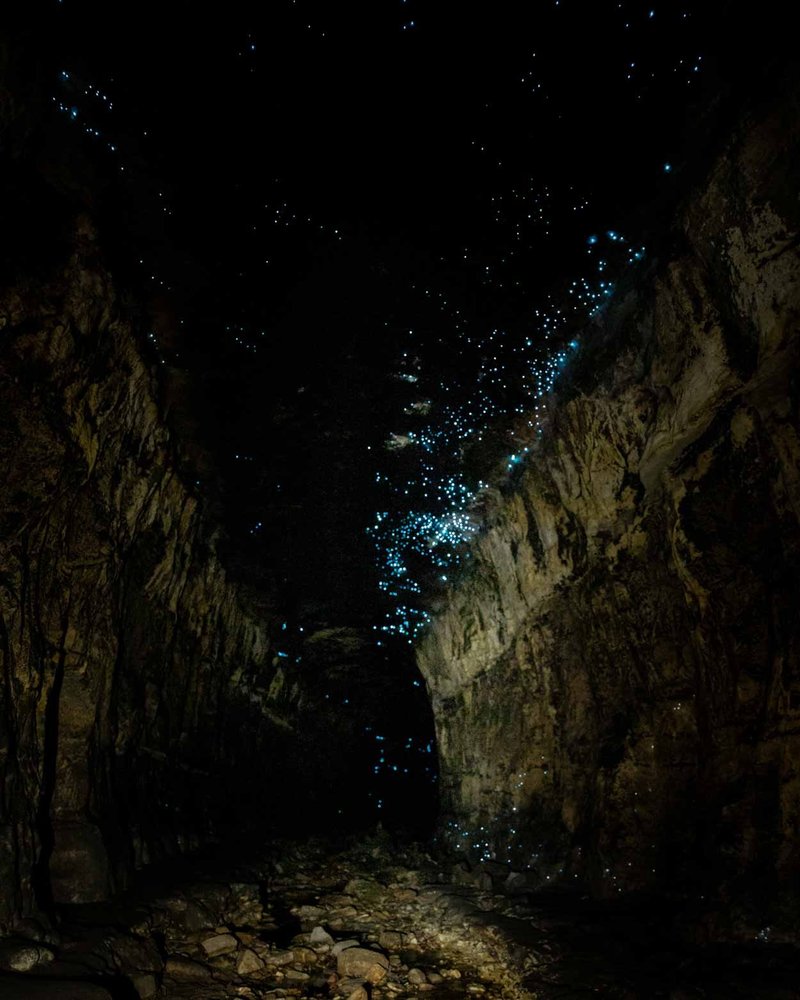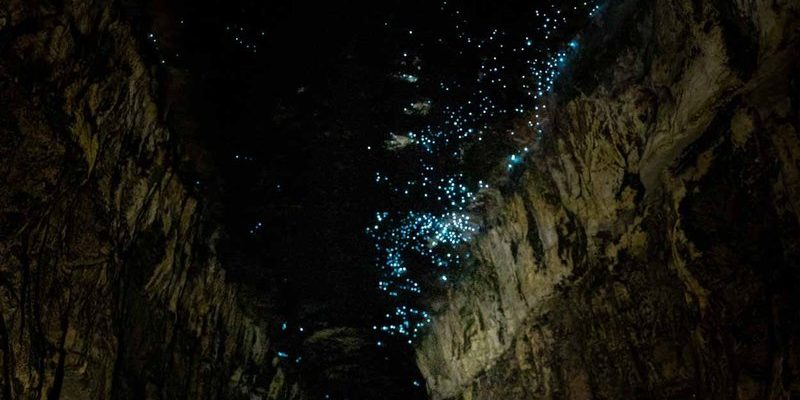
So, what exactly makes up glow worm colony behavior? Let’s dig into this captivating world and explore how these creatures interact with each other, their environment, and the mysteries that drive them. Whether you’re a nature enthusiast or simply curious about the wonders of wildlife, understanding glow worm colonies will open your eyes to the complexity of their lives.
What Are Glow Worms?
Glow worms aren’t what you might think. When we talk about glow worms, we’re mostly referring to the larvae of certain types of beetles, particularly those in the family Lampyridae. These larvae produce a soft glow thanks to bioluminescence, which is just a fancy way of saying they can create light. This glow is often used to attract prey, like other insects, and is a vital part of their survival strategy.
You might be wondering how these glow worms create their light. Well, it’s all about a chemical reaction in their bodies that involves a substance called luciferin. When luciferin reacts with oxygen, it generates light, which is why you see that beautiful glow in the dark. Think of it like the fireflies we often see in summer, lighting up the night sky with their flickering flashes.
These little creatures usually thrive in dark, damp environments, like caves or dense forests. The glow provides not only a mesmerizing sight but also a practical function for their survival. This is where understanding their behavior becomes crucial—it’s all about how they interact with their environment and each other.
Social Structure of Glow Worm Colonies
Glow worms don’t just glow independently. They often form colonies, and their social structure is quite interesting. In a colony, you’ll find a variety of glow worms at different stages of life. Some are freshly hatched larvae, while others are mature and ready to mate. This mix creates a dynamic community that works together in fascinating ways.
Within these colonies, glow worms engage in behaviors that ensure their survival. For example, the light emitted by one glow worm can help attract insects to the entire group, increasing the chances of feeding for all members. It’s like a glowing beacon drawing in dinner guests! By working together, they can better sustain themselves and maintain their health.
Now, you might be curious about how they communicate. Glow worms can respond to each other’s lights, creating a sort of synchronized flicker that adds to the beauty of the colony. Imagine a dance performance where everyone moves in perfect harmony. This synchronized glow isn’t just pretty; it’s essential for attracting prey and ensuring a successful feeding session for everyone involved.
Feeding Habits of Glow Worms
When it comes to feeding, glow worms have some pretty smart strategies. As larvae, they don’t just sit around waiting for food to come to them; instead, they craft intricate silk threads that hang down from the surfaces they’re living on. These threads are sticky and designed to catch unsuspecting insects that wander too close. Think of it like a spider’s web but with a bit more sparkle.
Once an insect is caught, the glow worm can then feast upon it. This is an important part of their life cycle and contributes to the overall health of the colony. More food means more energy for growth and development, which is essential for every member of the community.
Interestingly, the light the glow worms emit also serves a dual purpose. While they use it to attract prey, it can also confuse potential predators. Just like how some animals use camouflage to hide, glow worms use their bioluminescent glow to create distractions. It’s a clever defense mechanism that increases their chances of survival.
Reproductive Behavior in Glow Worms
Ah, the fascinating world of reproduction! When it comes to mating, glow worms have a unique process. Adult glow worms, typically females, release pheromones into the air to attract males. These scent signals act like a dating app, letting potential mates know they’re ready to find a partner. It’s a love story written in the air!
Once a male glow worm detects the pheromone, he’ll follow the scent to locate the female. After a successful encounter, the female lays her eggs in a safe spot, ensuring the next generation has the best chance of survival. This act of nurturing is vital for the continuation of the colony.
Here’s a fun fact: the glow from the female during this mating ritual can signal her readiness. Just like how a brightly lit billboard catches your eye, her glow can attract multiple suitors, leading to a competitive environment. It’s a fascinating dynamic that showcases the blend of beauty and instinct in the natural world.
Environmental Factors Influencing Glow Worm Behavior
Glow worms are highly sensitive to their environment, and various factors can influence their behavior. Light pollution is a significant issue for these creatures. Urbanization and artificial lighting can disrupt their natural synchronization, making it harder for them to attract mates and prey effectively.
Additionally, habitat destruction poses a real threat to glow worm populations. As forests are cleared or caves are damaged, the delicate ecosystems these creatures rely on can become fragmented. When their homes are disturbed, it can lead to a decline in their numbers.
Climate change also affects glow worm colonies. Changes in temperature and moisture levels can influence their growth and reproductive cycles. For instance, warmer temperatures might accelerate maturation, but if conditions become too extreme, it could lead to increased mortality rates. It’s essential to understand these external factors to help protect these enchanting creatures.
Conservation and Protection of Glow Worm Colonies
Given the challenges glow worms face, conservation efforts are crucial. Protecting their natural habitats is one of the best ways to ensure their survival. Local initiatives often focus on restoring habitats by planting native vegetation and reducing light pollution.
You might even find community programs that educate people about the importance of these glowing wonders. By raising awareness, we can inspire actions that help preserve their colonies for future generations.
If you ever have the chance to visit a glow worm habitat, tread lightly and respect the surroundings. It’s vital to maintain the delicate balance that allows these creatures to thrive. Just like any other part of nature, their survival is interconnected with our actions.
The Fascination of Glow Worms
Glow worms are a great example of how nature combines beauty and practicality. Their glowing lights are mesmerizing, but the behaviors that come with them are what truly make them fascinating. From their social structures to feeding strategies, these little creatures show us how life adapts in even the darkest places.
Overall, learning about glow worm colonies gives us a window into the complexities of nature. It reminds us of the intricate relationships that exist within ecosystems and the importance of protecting them. So next time you hear of glow worms lighting up the night, take a moment to appreciate the little lives and behaviors behind that enchanting glow.
In a world where nature’s wonders are often overlooked, glow worms are a shining example of beauty, resilience, and the need for respect in our interactions with the environment. Let’s do our part to ensure these colonies continue to glow brightly for many years to come.

